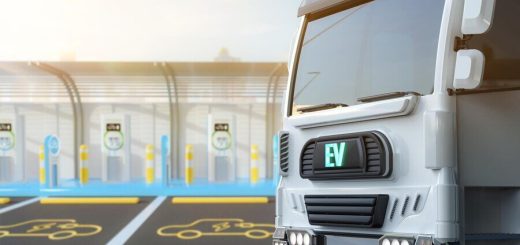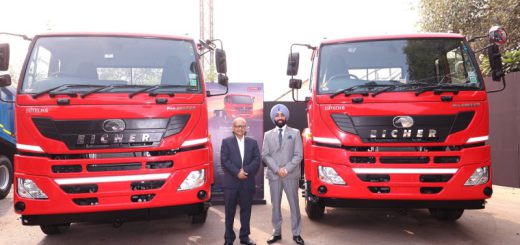Increasing ESG through Sustainable Logistics with LNG Trucks
In the ever-changing landscape of sustainable logistics, incorporating environmental, social, and governance standards into operational operations is gaining attraction. The emergence of Liquefied Natural Gas (LNG) trucks is at the forefront of this fashion, indicating a viable route closer to improving logistical sustainability.
The transportation enterprise, a key contributor to worldwide greenhouse fuel emissions, is under growing stress to adopt sustainable practices. Road freight, notably medium and huge vans, is accountable for nearly all the emissions in this place. While electric motors (EVs) demonstrate potential for the future, their widespread adoption in trucking is dependent on advancements in battery technology. Similarly, opportunity fuels such as hydrogen and artificial alternatives are still in the early stages of development.
In this transitional section, LNG is presented as a viable solution for developing a cleaner logistics framework. Its use in heavy trucking provides significant environmental benefits, such as lower emissions and improved air quality. As businesses strive to implement more robust ESG techniques, adopting LNG trucks provides a tangible way to reduce carbon footprints and demonstrate a commitment to sustainability.
Integrating LNG vehicles into ESG strategies can be transformative, providing on-the-spot environmental benefits, scalability, and proven technology with consistent performance. LNG engines significantly outperform traditional diesel engines in terms of greenhouse gas and nitrogen oxide emissions. The rapidly expanding LNG fuelling infrastructure makes it easier for businesses to expand into this green opportunity.
Also Read:- India’s Automotive Ambitions: Gadkari Explains How India Can Become a Global Leader
In India, the adoption of LNG is crucial for the transition closer to cleaner energy resources. Currently comprising the most effective 6% of the United States’s power blend, the government aims to grow this proportion to fifteen by 2030. Achieving this aim requires overcoming demanding situations consisting of pricing and infrastructure alignment. Government help, especially via concessional taxation, is important for facilitating full-size LNG adoption.
A document using NITI Aayog and the Netherlands provides actionable answers to decorate LNG adoption in India, offering an in-intensity analysis of challenges and obstacles, alongside a roadmap of practical solutions. The report emphasizes the significance of making an obvious framework for these recommendations, that specialize in accomplishing instant goals for enhancing demand and fostering a market boom.
Simultaneously, the growing recognition of electric automobiles (EVs) is noteworthy. Developing a strong charging infrastructure is important for huge EV adoption, with initiatives underway to extend public charging centers in city areas and alongside highways. Government programs such as the Faster Adoption and Manufacturing of Hybrid and Electric Vehicles (FAME) spotlight India’s dedication to selling sustainable transportation answers.
As both LNG and EV technology make contributions extensively to lowering greenhouse fuel emissions and aligning with climate goals, their integration is crucial for India’s sustainable electricity transition. The logistics industry stands at a crucial juncture, with LNG vans imparting a bridge to a cleaner future whilst extra superior technologies preserve to expand.
Reference By:-https://www.hindustantimes.com/




Recent Comments